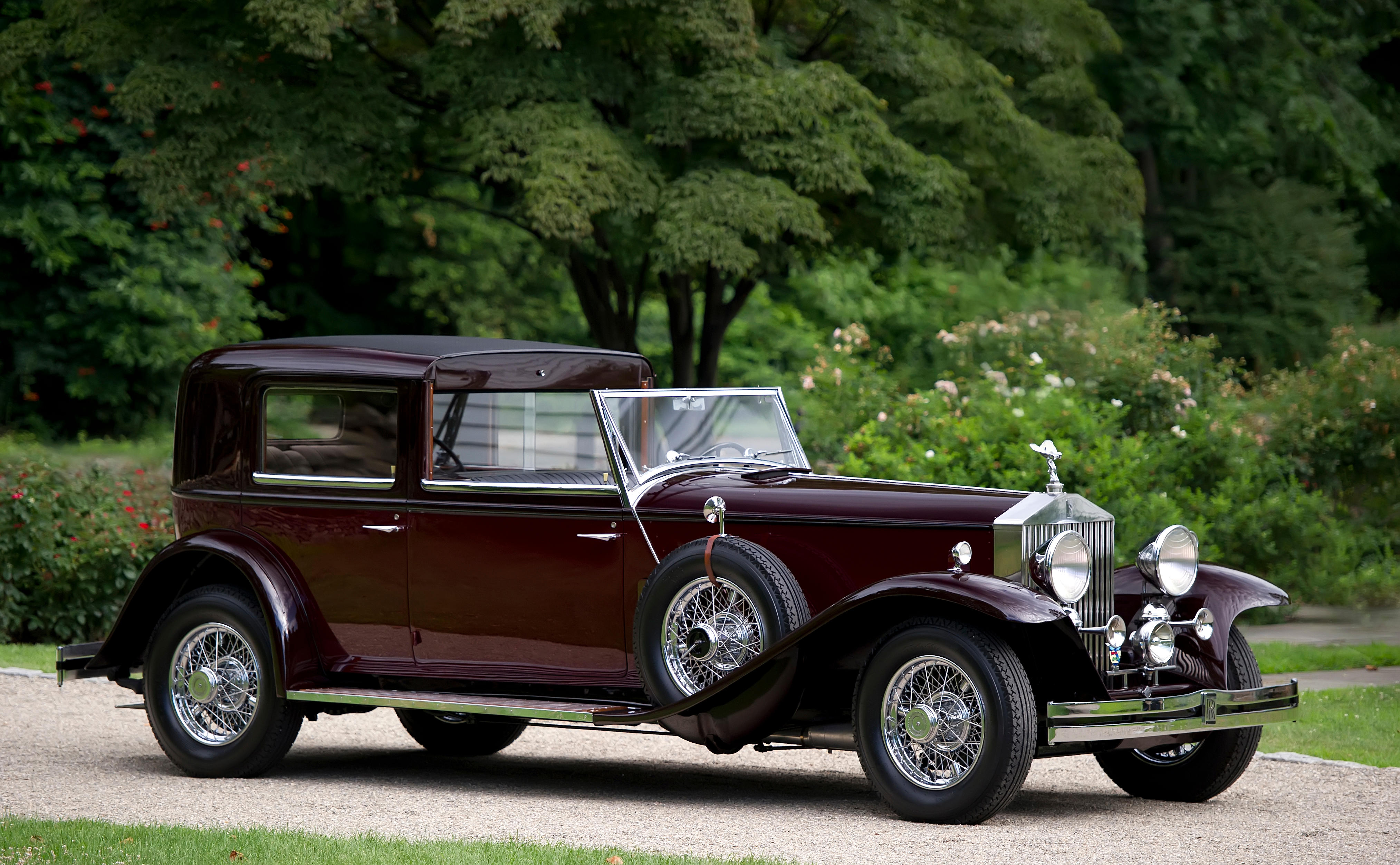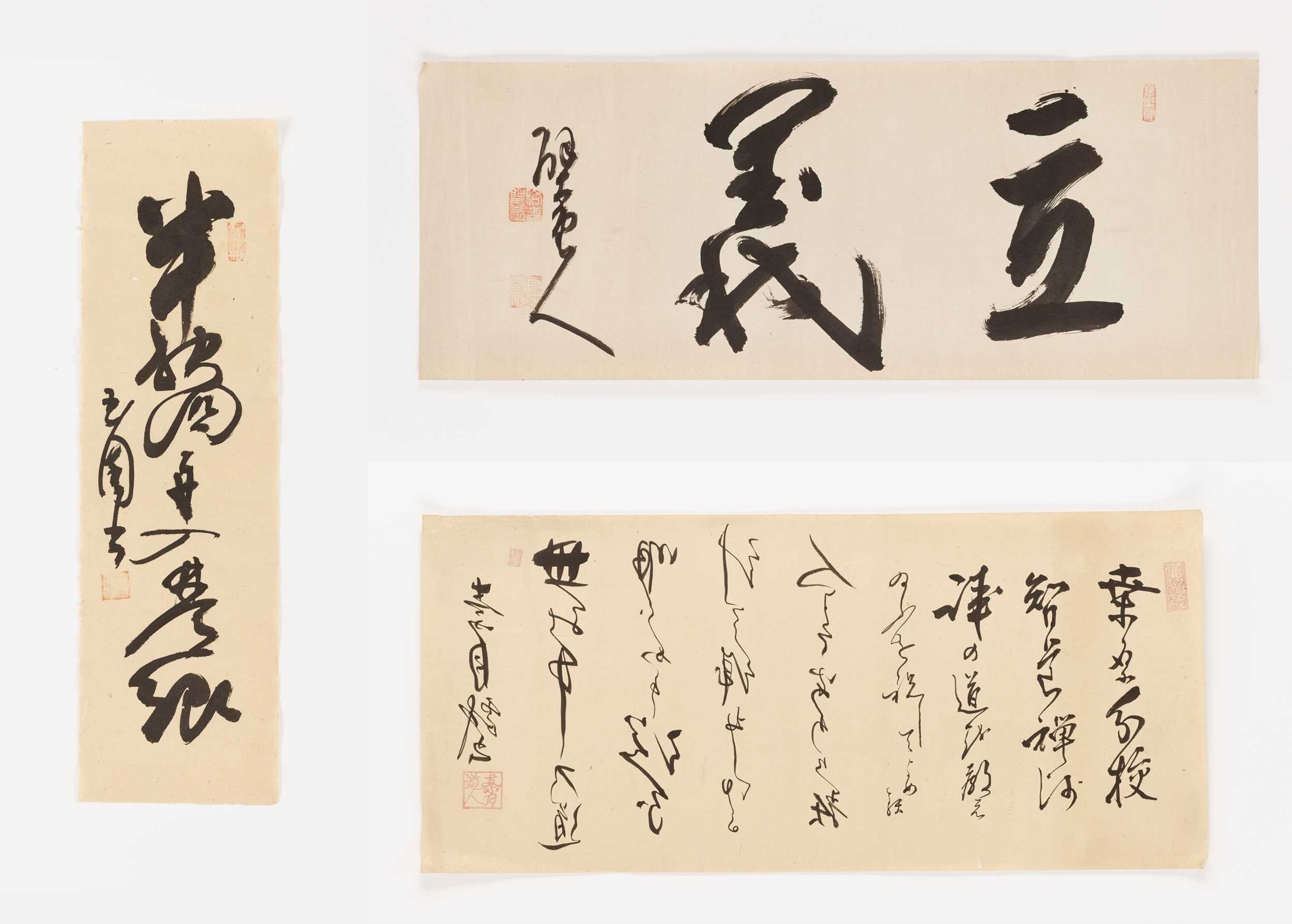Formerly of the Richard Paine Collection 1930 HISPANO-SUIZA H6B CABRIOLET DE VILLE COACHWORK BY HIBBARD & DARRIN Chassis No. 12085 Engine No. 302109 Dark green with black fenders and beltlines with orange pinstriping, black leather driver's compartment and tufted green leather rear compartment with a black convertible top Engine: six cylinders, in-line, single overhead camshaft, 6.6 litres, 135bhp at 3,000rpm; Gearbox: four-speed manual; Suspension: semi-elliptic leaf springs; Brakes: internal expanding servo-assisted on four wheels. Right hand drive. Like Henry Royce, Swiss-born Marc Birkigt came to the automotive business trained as an electrical engineer. He could have been content to carve a career in the electric locomotive industry in his native country, but instead was lured by the infant auto industry. His first design was for the Castro car, built in Barcelona, Spain in 1903. The firm then went through some financial difficulties and emerged as Fabrica La Hispano-Suiza D'Automobiles in 1904, thus launching one of the most illustrious names in motordom. Two models debuted under the Hispano-Suiza badge at the Paris Salon in 1906. Although conventional-appearing T-head designs, they incorporated unit construction for engine and gearbox, an early indication of Birkigt's creative yet practical approach to automobile design. Hispano-Suiza first joined the racing world in 1909 when it ran in Spain's Catalan Cup Race. It was the only Spanish-built marque entered, and represented King Alfonso XIII. It came second to a Lion-Peugeot, and subsequently Hispano went on to win several other significant contests before WWI, including the Coupe de l'Auto Race in France. These T-head race cars formed the basis for the popular Alfonso XIII model, one of the pioneering efforts in true sports car design. By 1911 a French factory for the assembly of Hispano-Suizas had been established in the Paris suburb of Levallois-Perret and in 1914 this facility moved to nearby Bois-Colombes. This would be the plant from which the H6 and H6B emanated, marking the first French-developed Hispano-Suizas. The Barcelona plant would continue to make smaller models, but the H and K series sixes and later the V-12s would come from France until the end of production. The H6B grew out of Birkigt's experience in designing and manufacturing aircraft engines during World War One. These V-8 powerplants earned a richly deserved reputation for reliability, speed and endurance and the new engine, introduced in 1919, followed Hispano aircraft design. It had an aluminum block with light steel liners, a fixed cylinder head, an overhead camshaft with two valves per cylinder and a seven-bearing pressure-fed crankshaft. This was machined from a solid steel billett weighing 700 pounds milled down to 99 pounds before installation in the engine! The H6B almost immediately took its place among the foremost motor cars of the world, winning renown for smoothness of operation and astounding flexibility in its power delivery. The chassis were clothed by some of the most elegant designs from the leading Continental and US coachbuilders and its braking system was so effective that it was used under license on the Rolls-Royce Silver Ghost! Originally owned by the Grace family of steamship-line fame, this Hibbard and Darrin coachbuilt example enjoyed an illustrious life as a true luxury touring car transporting passengers as stylish and classy as the car itself. The Hispano resurfaced in 1961 when it was purchased from a classified ad in The New York Times . Amazingly, it was found to be in generally excellent original condition throughout. Eventually, the car made its way into the Richard Paine Collection. Mr. Browning purchased the Hispano-Suiza from the Paine Collection in lovely original condition and in fact photos of the Hispano while in the Paine Collection show how wonderfully complete the car was. Mr. Browning then commissioned a very careful and exacting restoration of the c
Formerly of the Richard Paine Collection 1930 HISPANO-SUIZA H6B CABRIOLET DE VILLE COACHWORK BY HIBBARD & DARRIN Chassis No. 12085 Engine No. 302109 Dark green with black fenders and beltlines with orange pinstriping, black leather driver's compartment and tufted green leather rear compartment with a black convertible top Engine: six cylinders, in-line, single overhead camshaft, 6.6 litres, 135bhp at 3,000rpm; Gearbox: four-speed manual; Suspension: semi-elliptic leaf springs; Brakes: internal expanding servo-assisted on four wheels. Right hand drive. Like Henry Royce, Swiss-born Marc Birkigt came to the automotive business trained as an electrical engineer. He could have been content to carve a career in the electric locomotive industry in his native country, but instead was lured by the infant auto industry. His first design was for the Castro car, built in Barcelona, Spain in 1903. The firm then went through some financial difficulties and emerged as Fabrica La Hispano-Suiza D'Automobiles in 1904, thus launching one of the most illustrious names in motordom. Two models debuted under the Hispano-Suiza badge at the Paris Salon in 1906. Although conventional-appearing T-head designs, they incorporated unit construction for engine and gearbox, an early indication of Birkigt's creative yet practical approach to automobile design. Hispano-Suiza first joined the racing world in 1909 when it ran in Spain's Catalan Cup Race. It was the only Spanish-built marque entered, and represented King Alfonso XIII. It came second to a Lion-Peugeot, and subsequently Hispano went on to win several other significant contests before WWI, including the Coupe de l'Auto Race in France. These T-head race cars formed the basis for the popular Alfonso XIII model, one of the pioneering efforts in true sports car design. By 1911 a French factory for the assembly of Hispano-Suizas had been established in the Paris suburb of Levallois-Perret and in 1914 this facility moved to nearby Bois-Colombes. This would be the plant from which the H6 and H6B emanated, marking the first French-developed Hispano-Suizas. The Barcelona plant would continue to make smaller models, but the H and K series sixes and later the V-12s would come from France until the end of production. The H6B grew out of Birkigt's experience in designing and manufacturing aircraft engines during World War One. These V-8 powerplants earned a richly deserved reputation for reliability, speed and endurance and the new engine, introduced in 1919, followed Hispano aircraft design. It had an aluminum block with light steel liners, a fixed cylinder head, an overhead camshaft with two valves per cylinder and a seven-bearing pressure-fed crankshaft. This was machined from a solid steel billett weighing 700 pounds milled down to 99 pounds before installation in the engine! The H6B almost immediately took its place among the foremost motor cars of the world, winning renown for smoothness of operation and astounding flexibility in its power delivery. The chassis were clothed by some of the most elegant designs from the leading Continental and US coachbuilders and its braking system was so effective that it was used under license on the Rolls-Royce Silver Ghost! Originally owned by the Grace family of steamship-line fame, this Hibbard and Darrin coachbuilt example enjoyed an illustrious life as a true luxury touring car transporting passengers as stylish and classy as the car itself. The Hispano resurfaced in 1961 when it was purchased from a classified ad in The New York Times . Amazingly, it was found to be in generally excellent original condition throughout. Eventually, the car made its way into the Richard Paine Collection. Mr. Browning purchased the Hispano-Suiza from the Paine Collection in lovely original condition and in fact photos of the Hispano while in the Paine Collection show how wonderfully complete the car was. Mr. Browning then commissioned a very careful and exacting restoration of the c















Try LotSearch and its premium features for 7 days - without any costs!
Be notified automatically about new items in upcoming auctions.
Create an alert